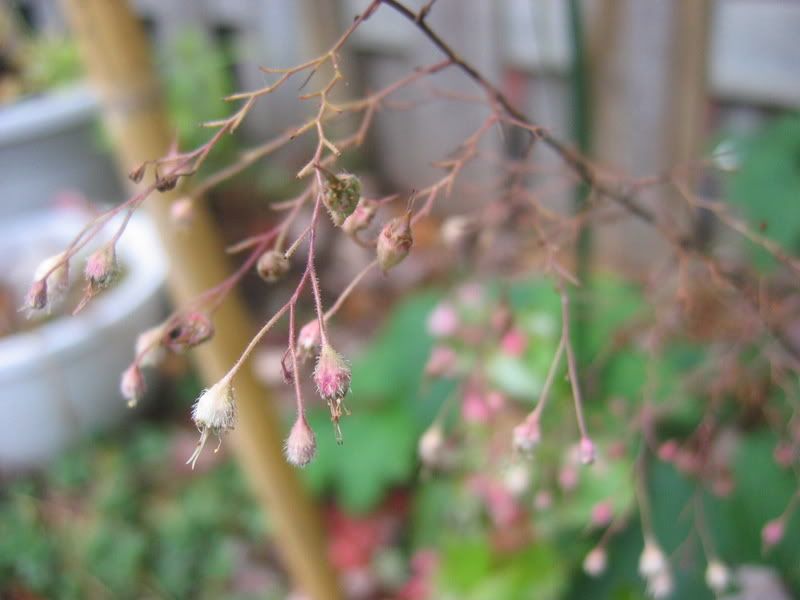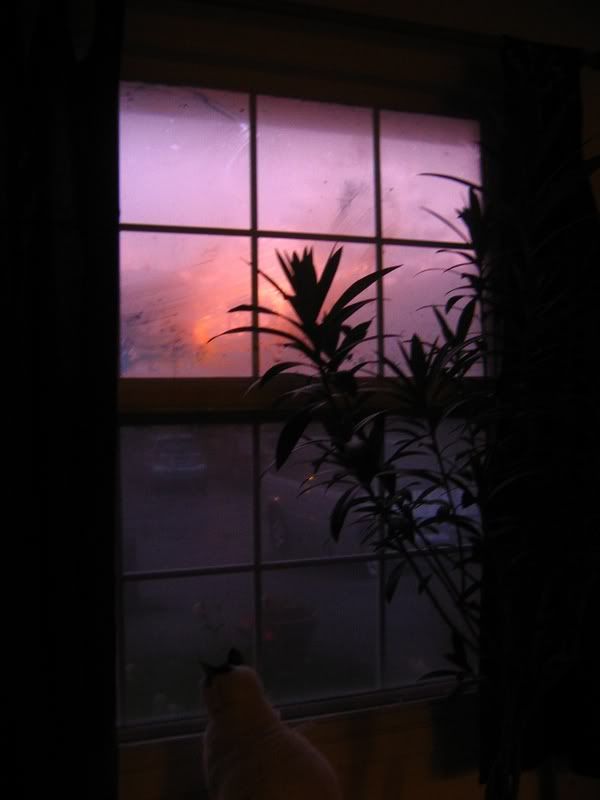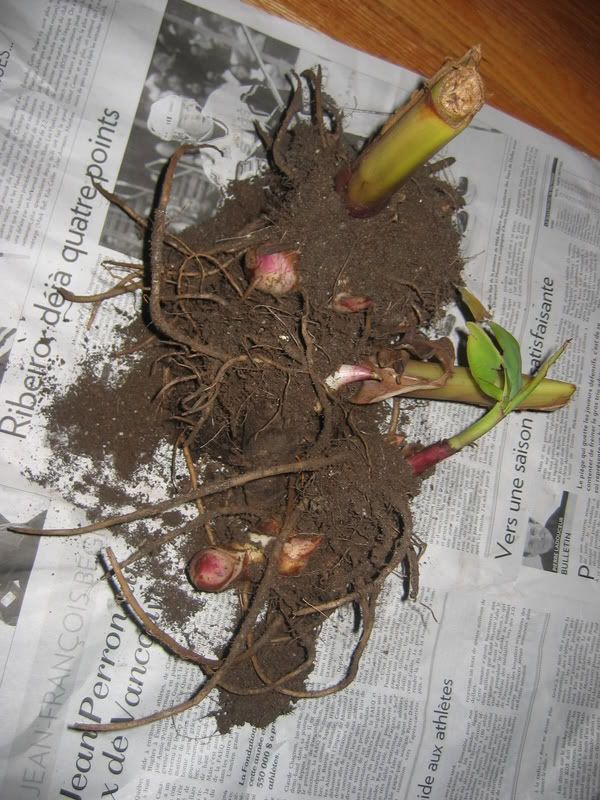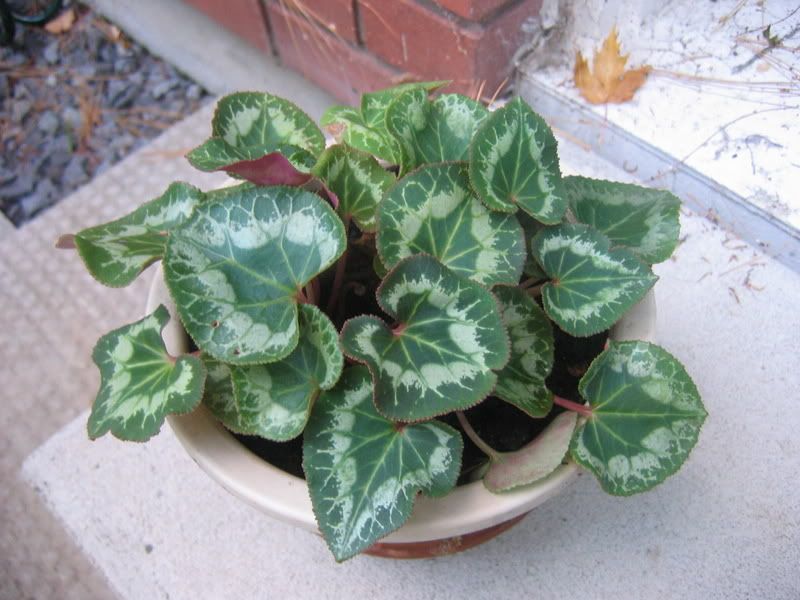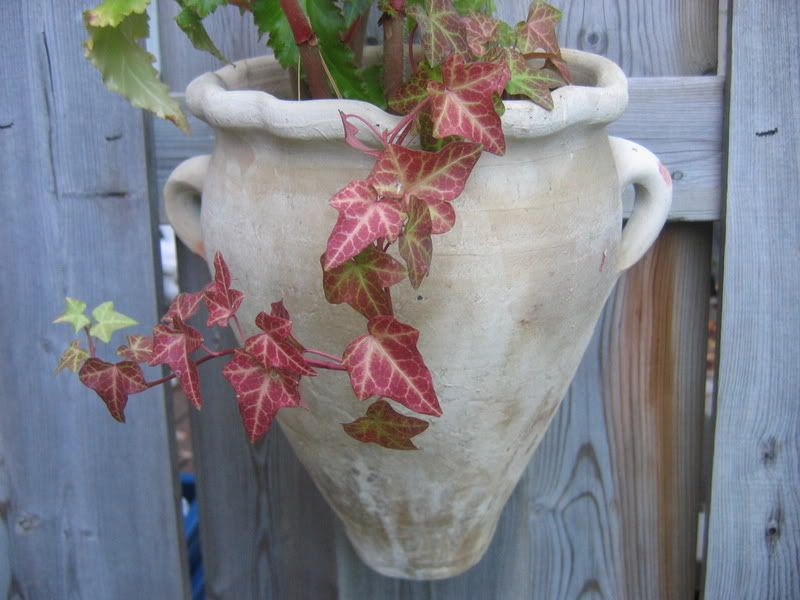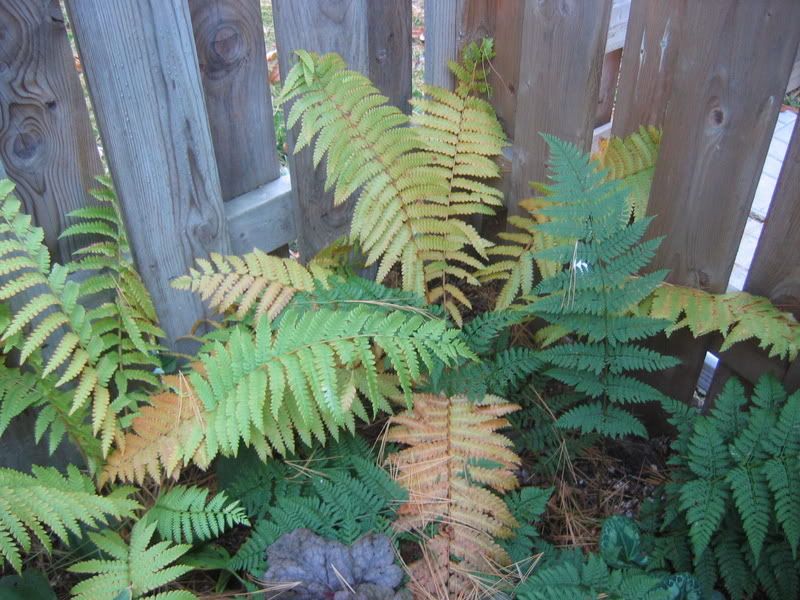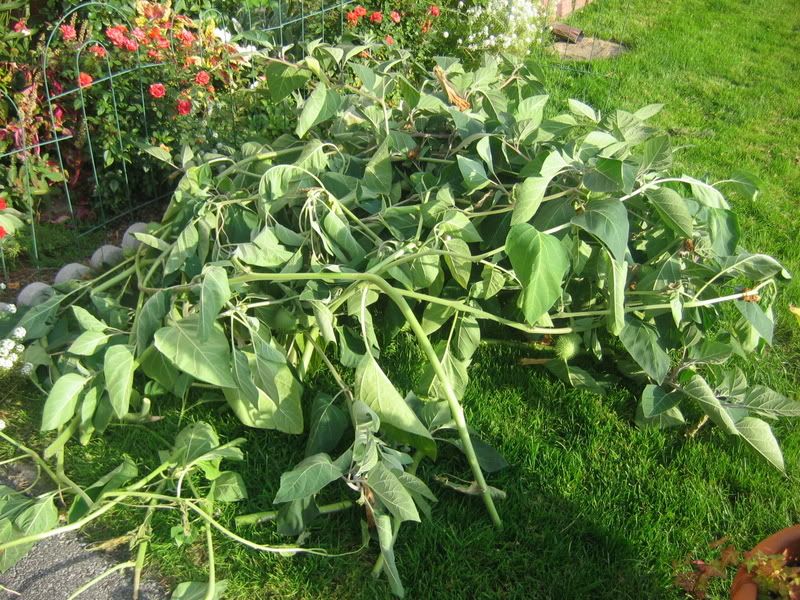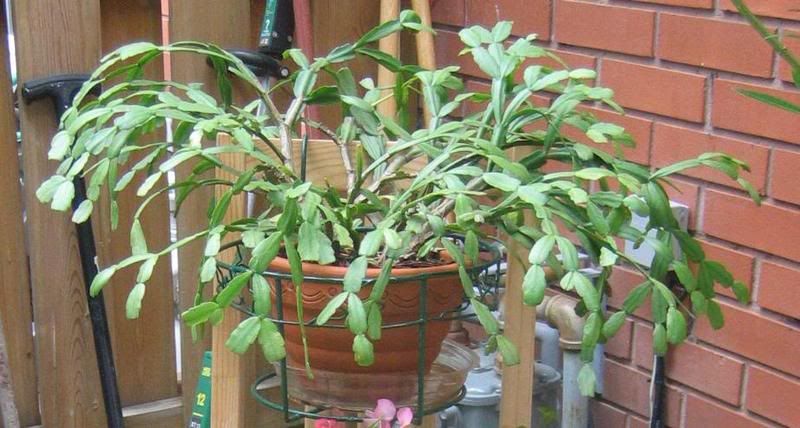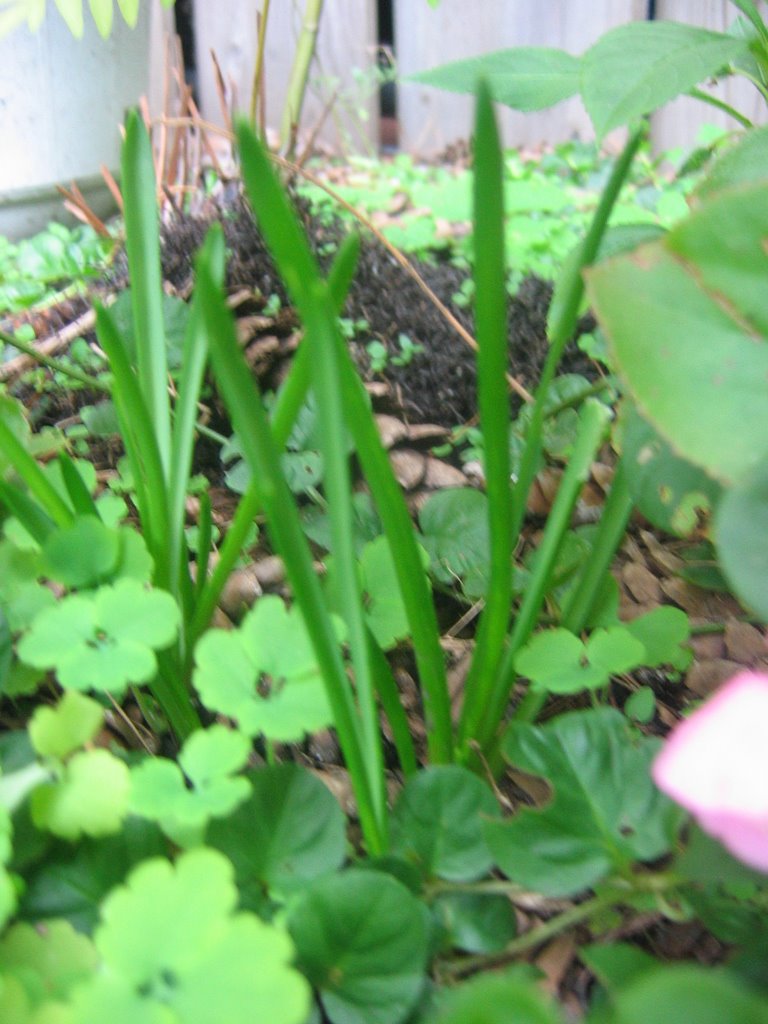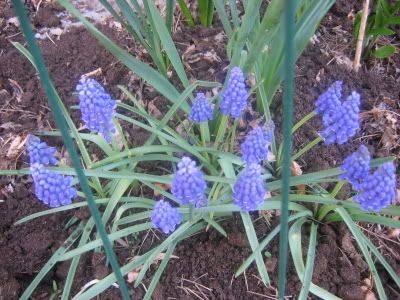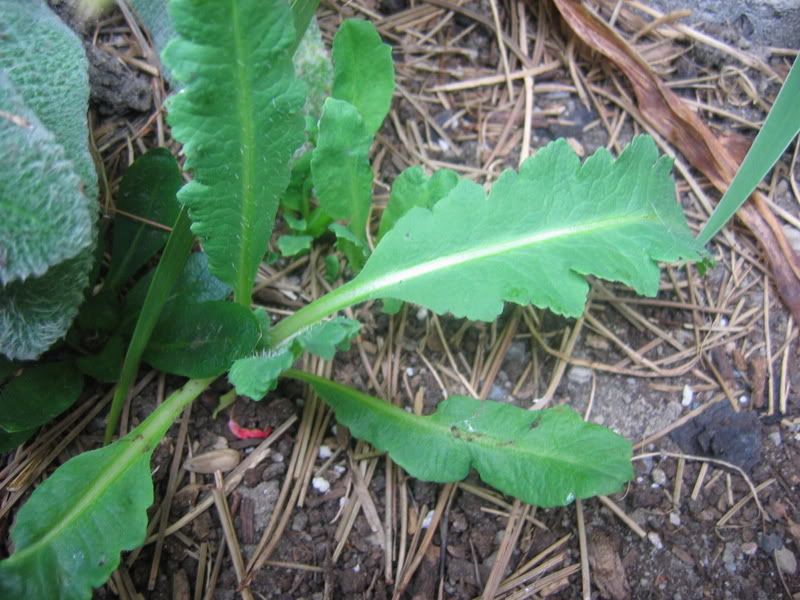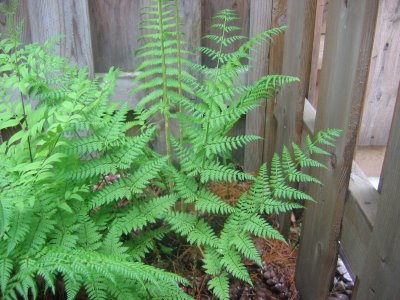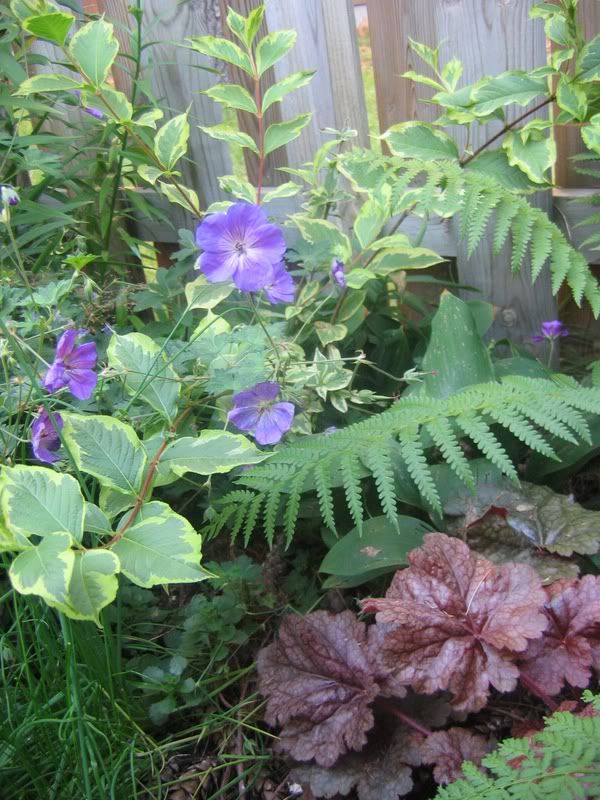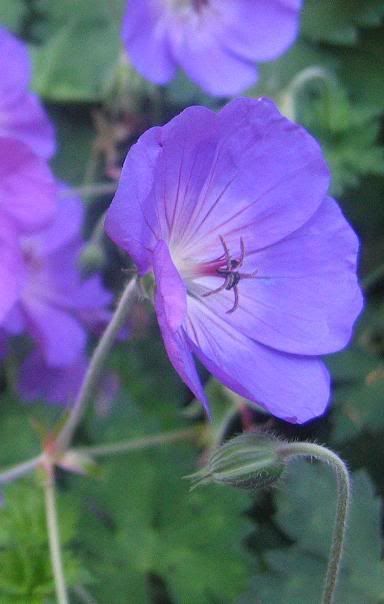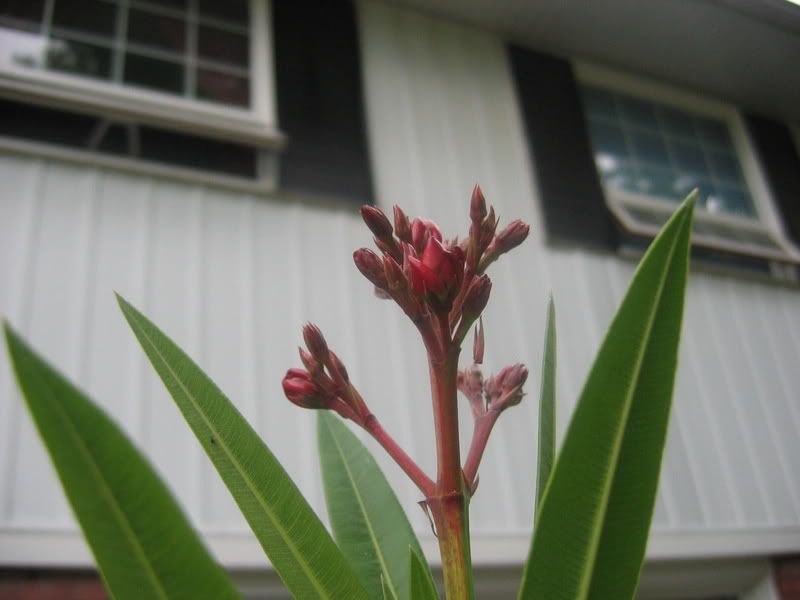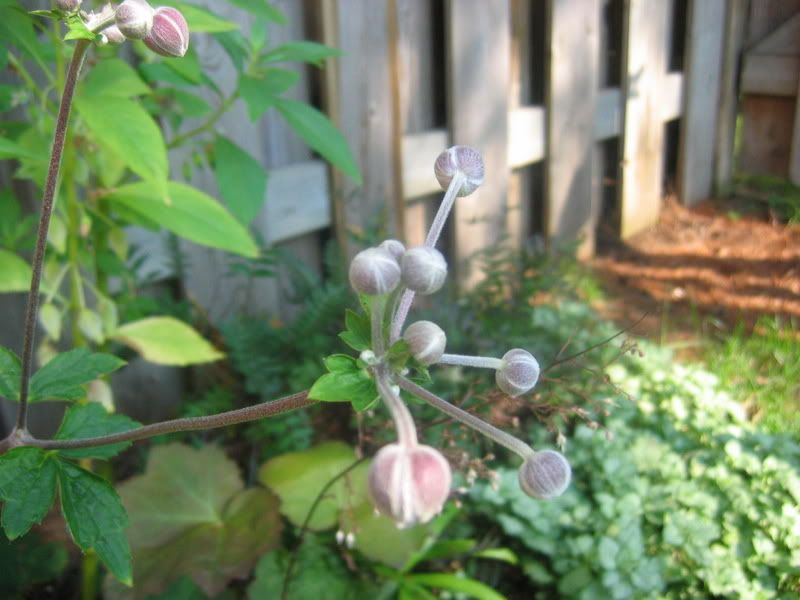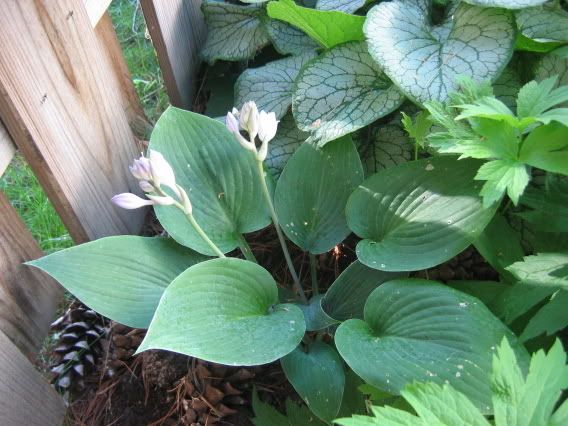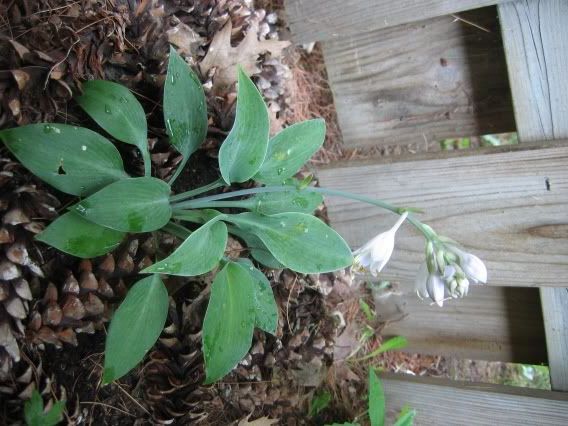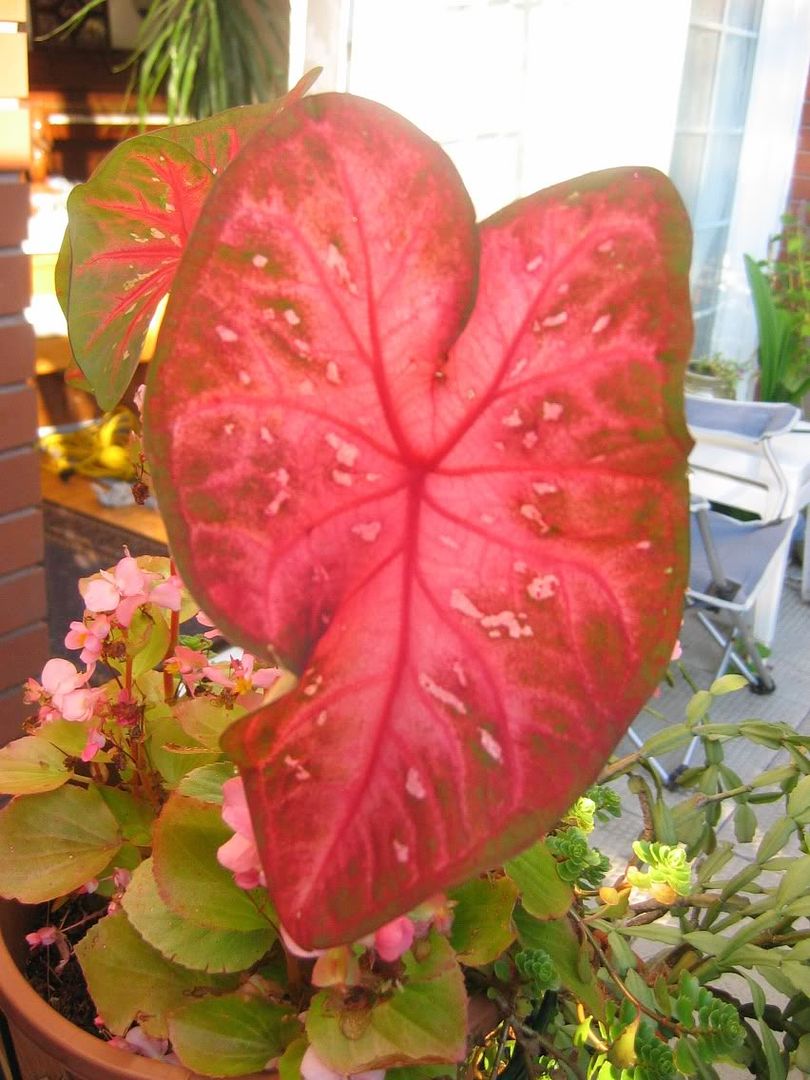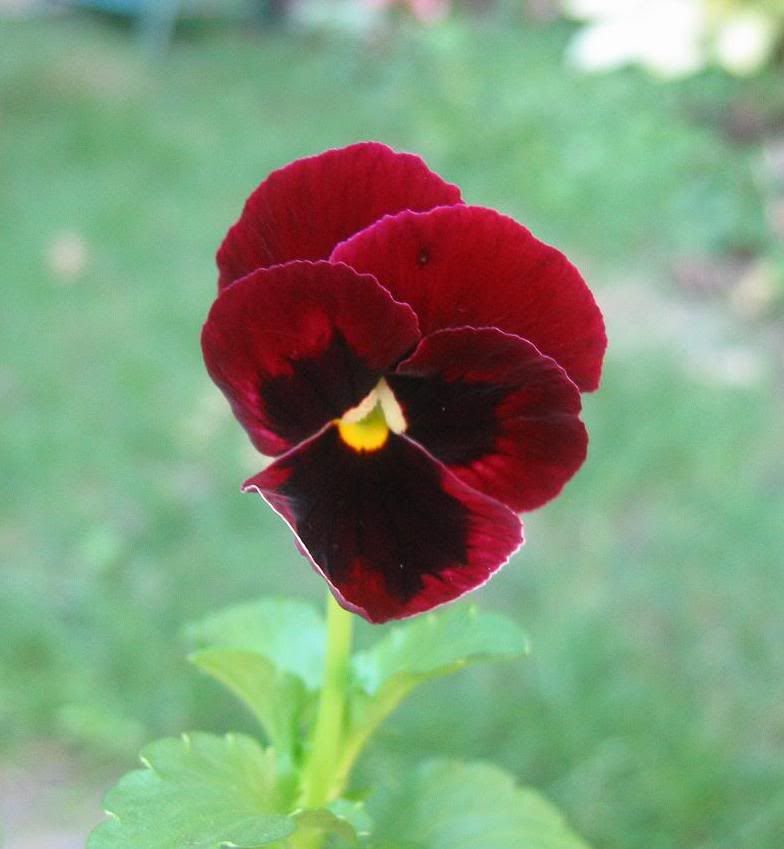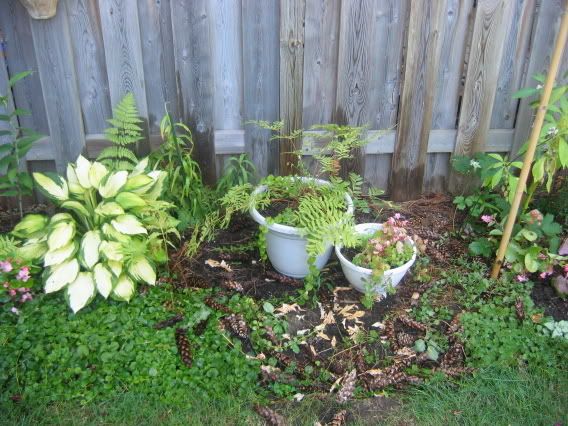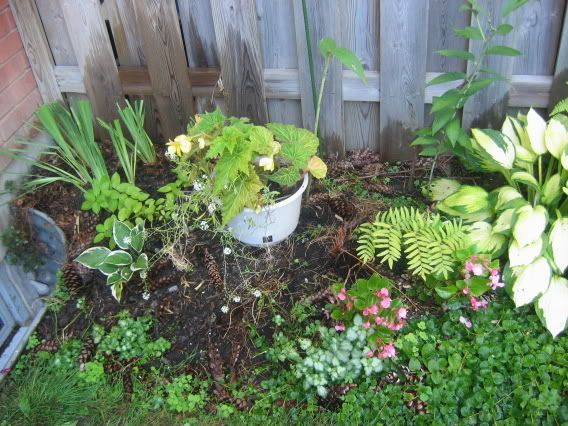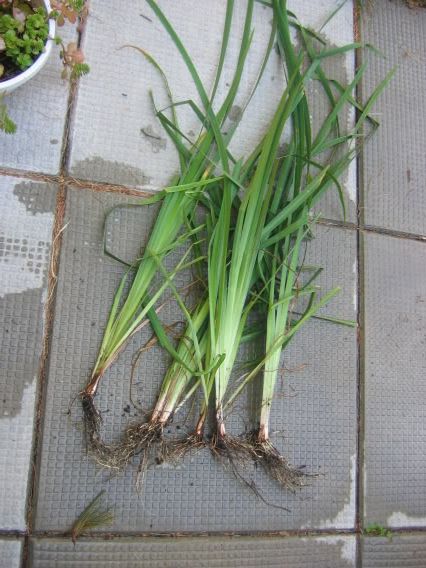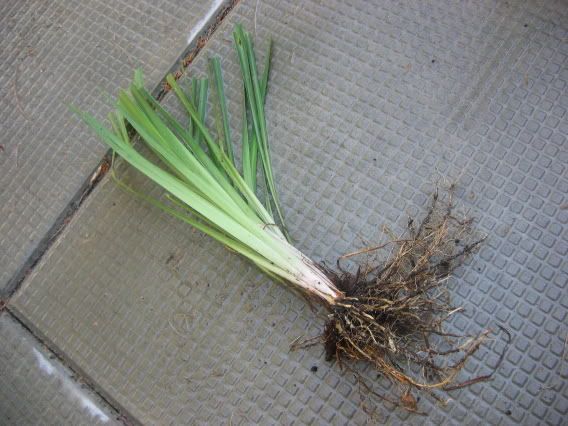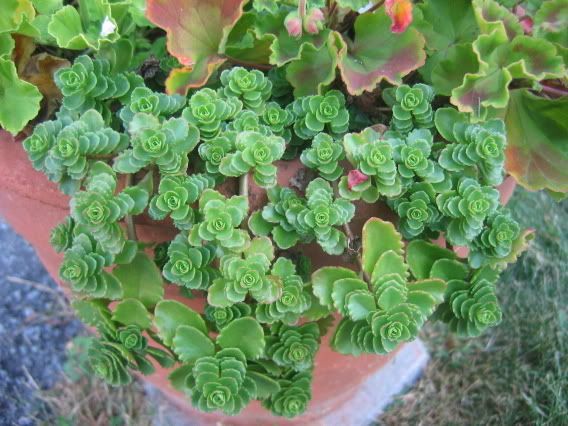Easier than planting with a shoehorn
Well, I did it. I got the last of my spring bulbs into the ground! Tulips and mini daffodils, squills and irises, hyacinths and anemones, crocuses and alliums - when I write the list out I understand why it took me so long! This is the gardener's equivalent of having eyes bigger than your stomach...
The last planting session went smoothly because I discovered a little trick. Those of you who figured it out years ago can laugh quietly in front of your computer monitor, or loudly for all I care, I can't hear you. Just gloat with class, that's all I ask. Those of you who haven't figured it out yet, well, I'm about to pass on my newly acquired enlightenment, and you can all look sophisticated and experienced when you pass it on in your turn, and not have to put up with the gloaters. If you know how to do it with class, you could even do a little gloating of your own.
The trick is quite simply this. Jam your trowel in under the edge of a patch of ground cover, fold it back and pop your bulbs in. If they need to be buried a bit deeper, that's easily done. Then just fold the groundcover back over the bulbs and pat it back into place. Soooooooooooooooooo much easier than digging individual holes in all the tiny little spaces between your overpacked perennials. Well, between my overpacked perennials, anyway. When you don't have much space, you overpack plants because you don't want to deny yourself. Well, I do anyway. All you disciplined gardeners who know how to limit your palette and design with restraint can now have a turn to gloat too.
And you'll get another chance or two to gloat at my expense come spring, when I'm busy asking you to help me identify all those strange little green leaves popping up. I didn't keep any records of what I planted where. A disciplined gardener, I'm not.
Technorati tag: Bulbs
